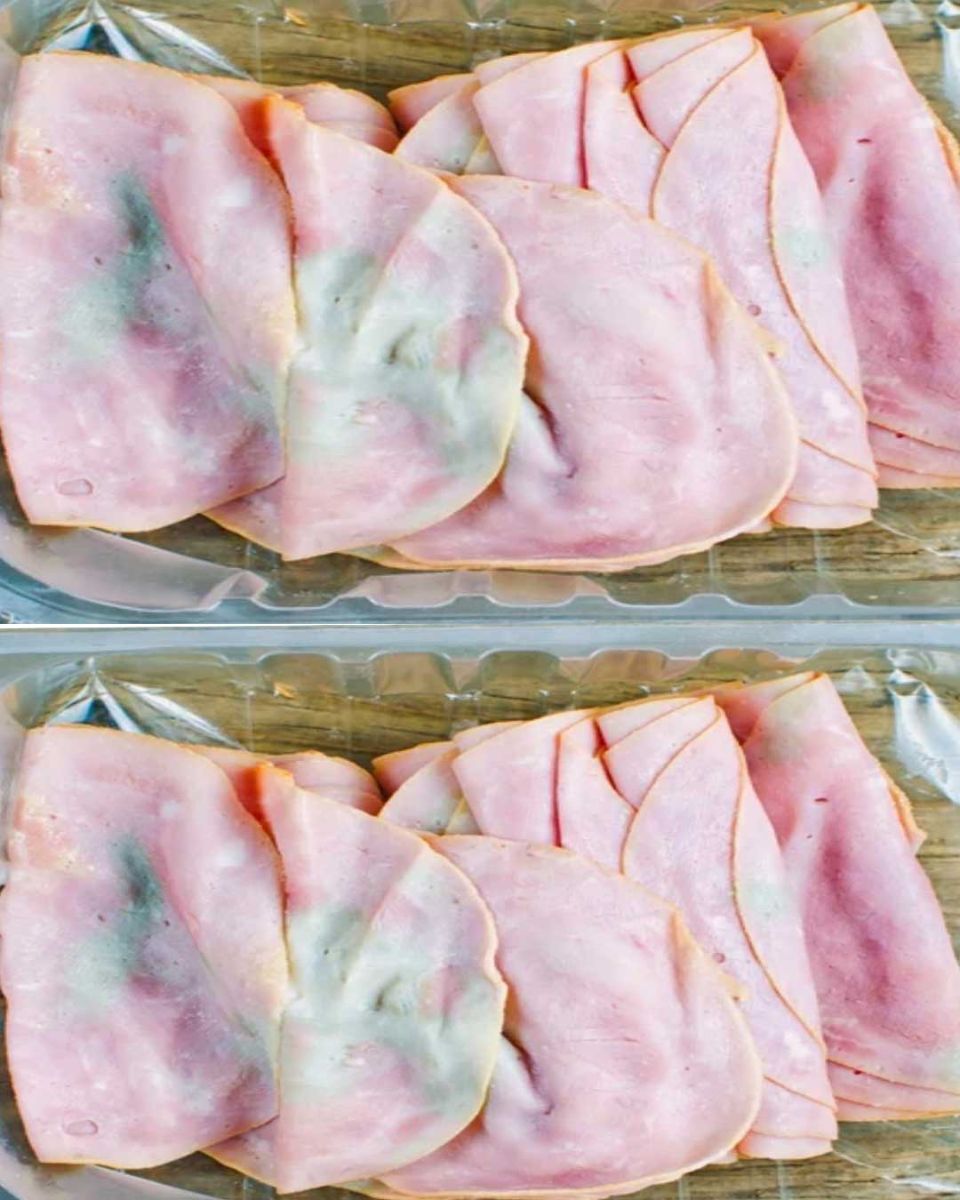
We’ve all been there—you open the fridge, spot that pack of deli meat, and wonder, “Is this still good?” Balancing food safety with minimizing waste can be tricky. Let’s dive into how long deli meats last, signs of spoilage, and best storage practices to keep your meals both safe and tasty.
What is Deli Meat?
Definition and Types
Deli meats, also known as cold cuts or luncheon meats, are pre-cooked or cured meats sliced and ready for sandwiches or platters. Common varieties include:
- Ham: Pork that’s been cured and often smoked.
- Turkey: Lean poultry option, either roasted or smoked.
- Roast Beef: Cooked beef slices, typically seasoned.
- Salami: Cured sausage, often with a spicy kick.
- Bologna: Finely ground pork or beef sausage.
Shelf Life of Deli Meats
Pre-Packaged Deli Meats
Once opened, these typically last 7 to 10 days in the refrigerator. Always check the “use by” date and consume accordingly.
Freshly Sliced Deli Meats
From the deli counter, these should be consumed within 3 to 5 days. Without preservatives, they spoil faster.
Factors Influencing Shelf Life
- Type of Meat: Processed meats like salami last longer than fresh cuts like turkey.
- Preservatives: Nitrate-free meats have shorter shelf lives.
- Storage Conditions: Proper refrigeration is crucial.
Signs of Spoilage
Visual Indicators
- Discoloration: Gray, green, or dull hues suggest spoilage.
- Mold: Visible growth means it’s time to toss.
Texture Changes
Odor
- Off Smells: Sour, rotten, or ammonia-like odors are red flags.
Health Risks of Consuming Spoiled Deli Meat
Foodborne Illnesses
Bacteria such as Listeria, Salmonella, and E. coli thrive in spoiled meats, leading to:
- Nausea and Vomiting
- Diarrhea
- Stomach Cramps
- Fever
Vulnerable Populations
Children, pregnant women, the elderly, and those with weakened immune systems face higher risks from foodborne pathogens.
Proper Storage Techniques
Refrigeration
- Temperature: Keep at or below 40°F (4°C).
- Placement: Store in the coldest part, typically the back.
Packaging
- Original Packaging: Suitable if unopened.livingavocallife.com+2nypost.com+2biteyourownelbow.com+2
- After Opening: Transfer to airtight containers or wrap tightly in plastic wrap or foil.
Labeling
- Date Marking: Note the opening date to track freshness.
Freezing Deli Meats
When to Freeze
If you can’t consume deli meat within its recommended fridge time, freezing is a good option.
How to Freeze
- Portioning: Divide into usable portions.
- Wrapping: Use freezer paper or heavy-duty foil, then place in freezer bags.
Thawing
- Refrigerator Thawing: Safest method; plan ahead as it takes time.
- Cold Water Thawing: Submerge in cold water, changing every 30 minutes.
Using Deli Meat Near Its Expiration
Cook It
If the meat is nearing its end but shows no spoilage signs, cooking can extend its life:
- Soups and Stews
- Casseroles
- Stir-Fries
Avoid Raw Consumption
Don’t consume near-expired deli meat cold, as cooking helps kill potential bacteria.
Preventing Food Waste
Buy Smart
Purchase amounts you can realistically consume within the safe period.
Plan Meals
Incorporate deli meats into your meal planning to ensure timely use.
Composting
If spoilage occurs, consider composting if appropriate, rather than landfill disposal.
Conclusion
Ensuring the freshness of deli meats is vital for both flavor and health. By understanding shelf lives, recognizing spoilage signs, and practicing proper storage, you can enjoy your favorite sandwiches without worry. When in doubt, it’s safer to discard questionable meats than risk potential illness. Stay informed, store wisely, and savor your meals with confidence.





